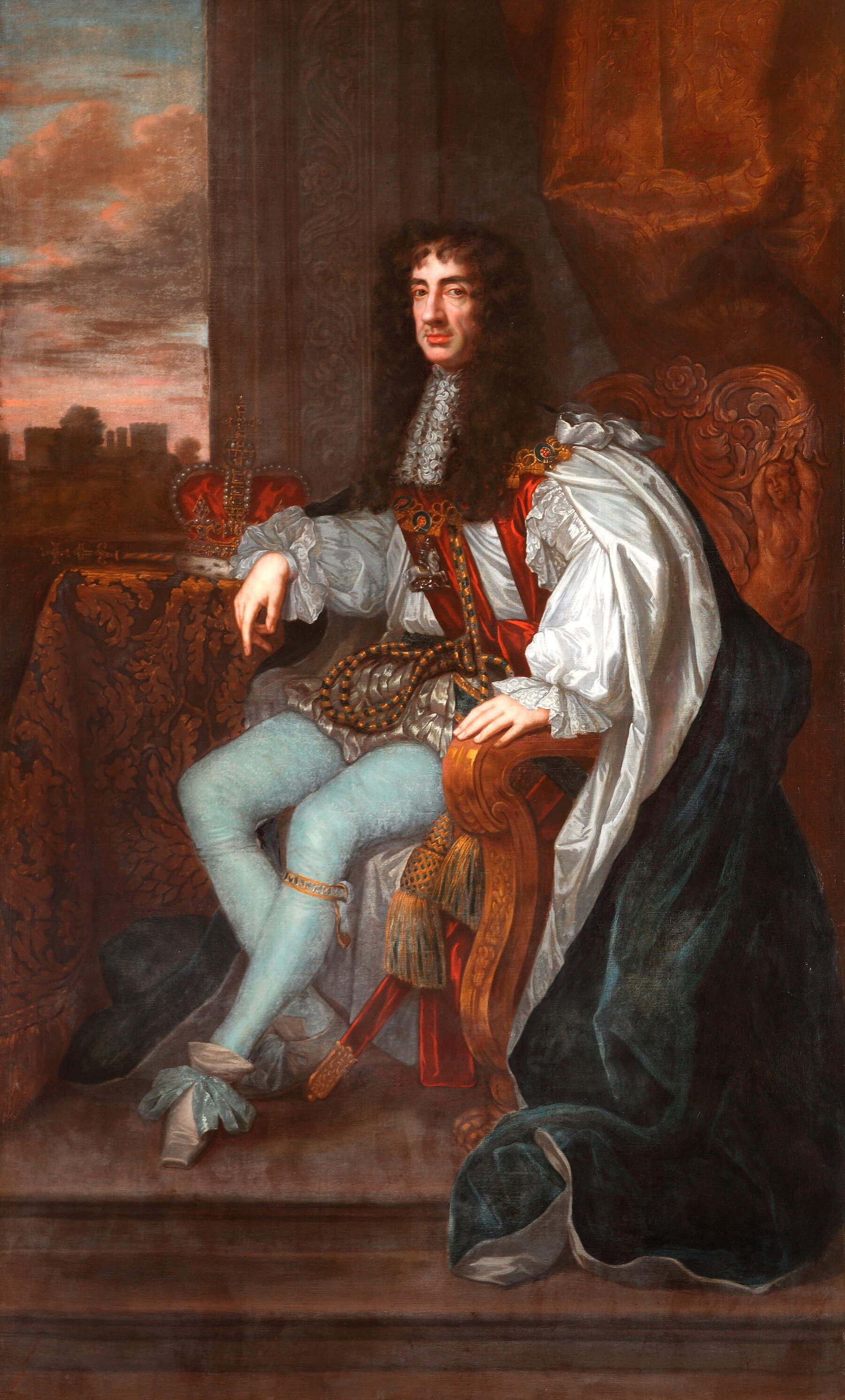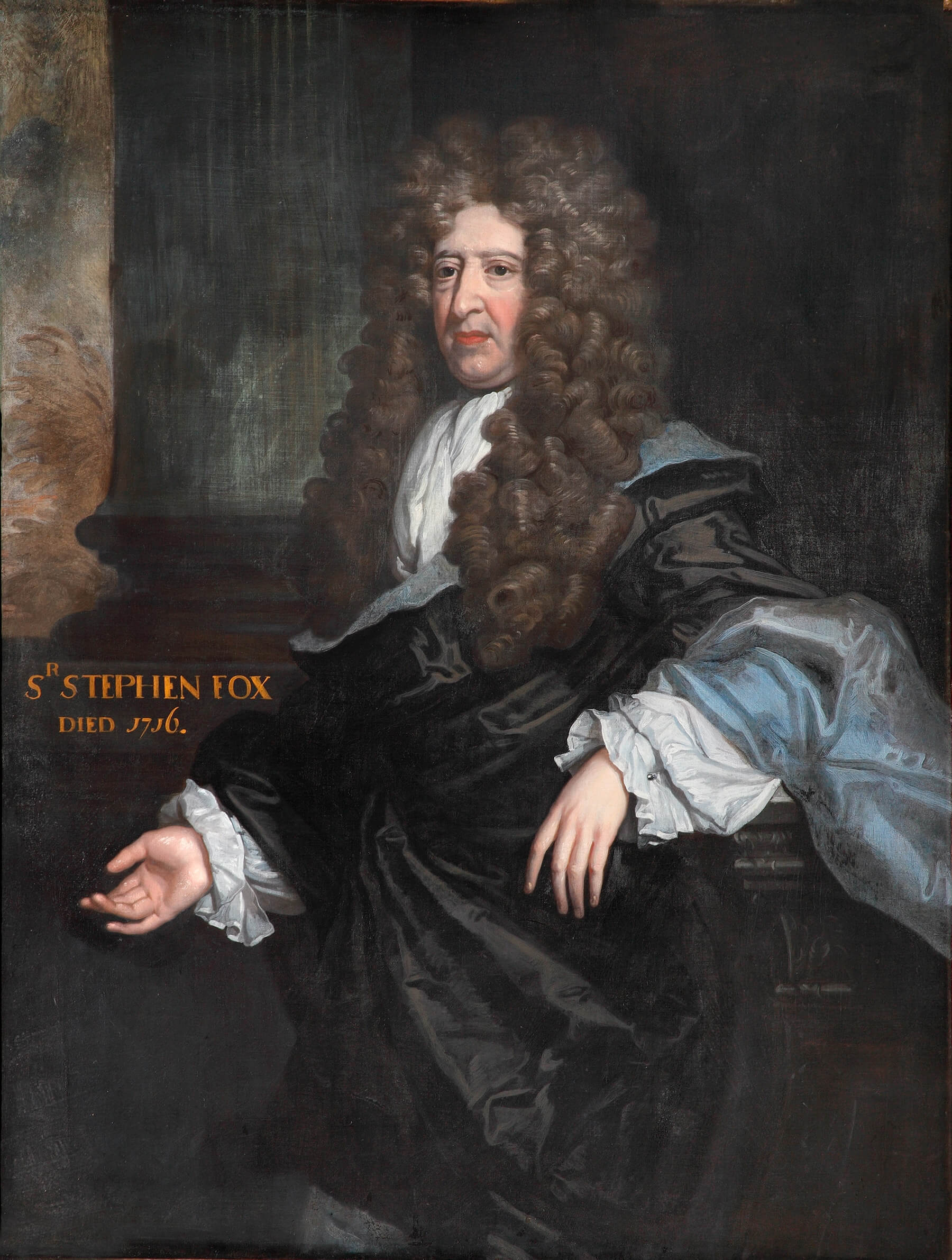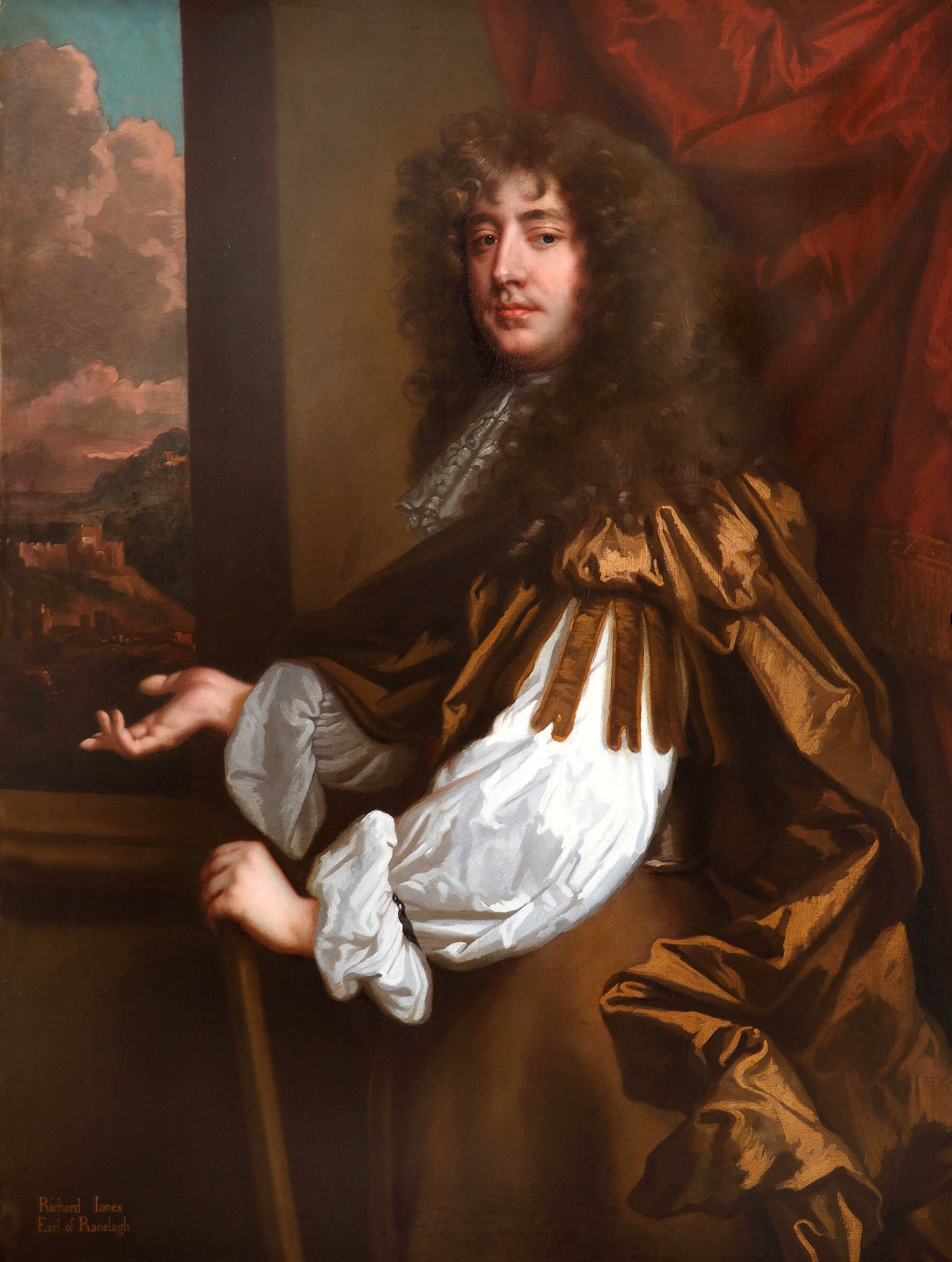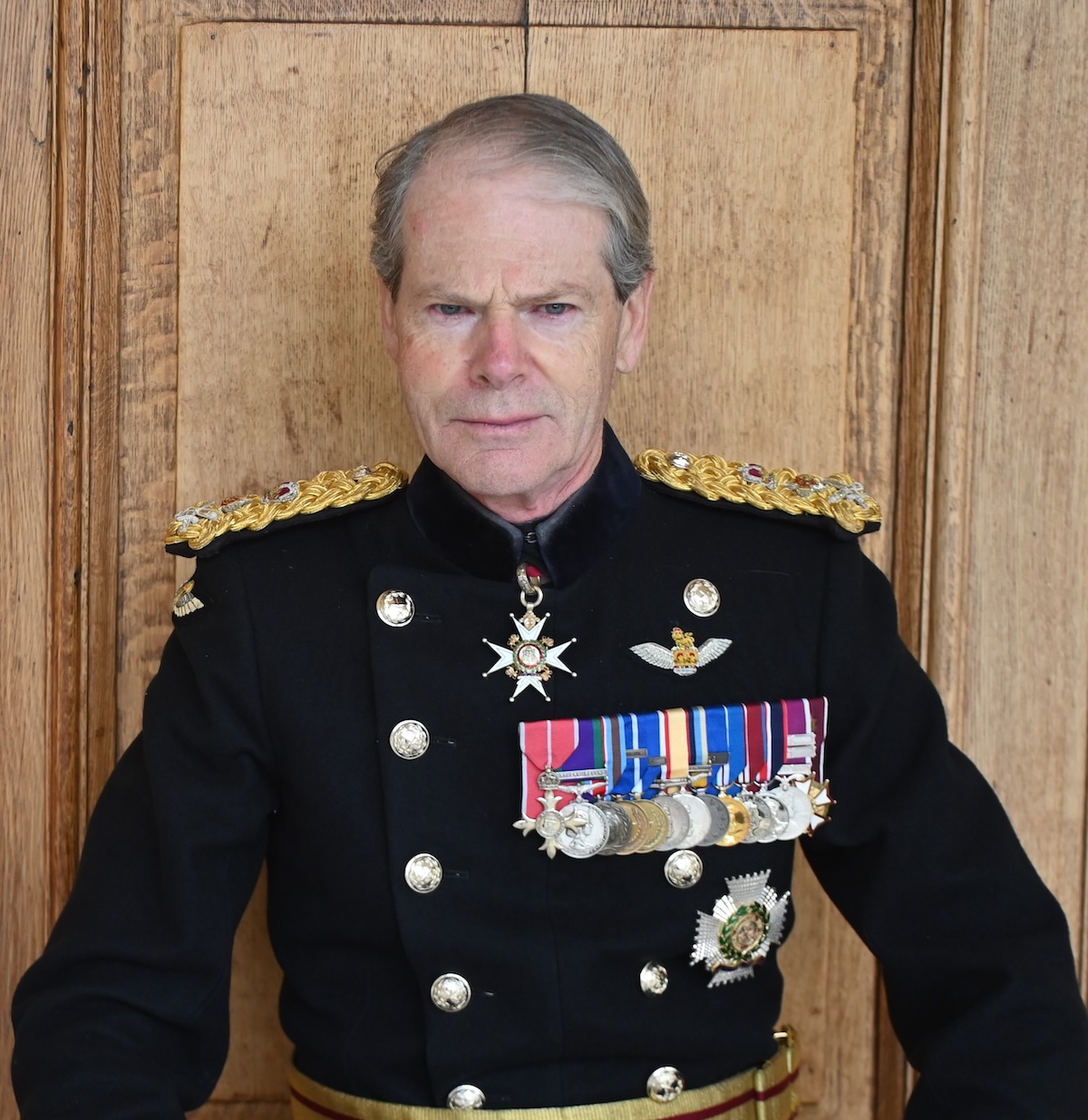The foundations of support
Benefactors have supported the Royal Hospital Chelsea since its foundation. For the visionary provision for soldiers ‘broken by age and war’ to become a reality their financial support was essential.
King Charles II (1630-1685) initially provided about £2,000, or £400,000 as it would be today, of his private income so that work on the Royal Hospital Chelsea could begin. This donation was subsequently increased to £6,787 4s. 2 ½ d. He tasked the Paymaster General of the Forces, Sir Stephen Fox, with finding additional funds needed for the project.

As Paymaster General, Sir Stephen Fox (1627-1716) was responsible for the financing of the Army. He proved to be not just a very generous benefactor, but also a clever one.

As Fox was initially unable to raise sufficient funds from other contributors, he purchased the site out of his own pocket. To cover his costs, he devised various innovative schemes which came to fruition such as a charge on Officers buying and selling commissions and even a proportion of the licence duty on Hackney Carriages (the predecessor of the London cab).
Richard Jones, 1st Earl of Ranelagh (1641-1712), Paymaster General and Treasurer of the Royal Hospital from 1685 to 1702, left a trust fund for various benefits for the Pensioners including the provision of great coats. This was a small contribution given that he misappropriated substantial Hospital funds, delaying the opening by three years.

Unconventional connections
In the early days of the Royal Hospital, unusual benefactors stepped forward.
In 1709, the pioneering feminist Mary Astell (1666-1731) set up a school at the Hospital for the daughters of Chelsea Pensioners, raising the funds and devising the curriculum herself.
From 1736 to 1807, the City of Newcastle struck a unique deal with the Crown: 100 wagons of coal would be supplied to the Royal Hospital annually in lieu of paying rent for the city’s castle.
A philanthropic tradition
The support from benefactors is as important today as it was for the Hospital’s foundation over 330 years ago. The restoration of this building was made possible by kind donations.
‘The generosity of our key supporters enables us to provide the Chelsea Pensioners with the very best care and to maintain their extraordinary home for the Nation. We have the strength of history behind us and we continue our commitment to our community, not just because it is a tradition, but because it is the right thing to do.’ General Sir Adrian Bradshaw KCB OBE DL

If you would like to find out more about how to get involved as a donor or benefactor, click here.